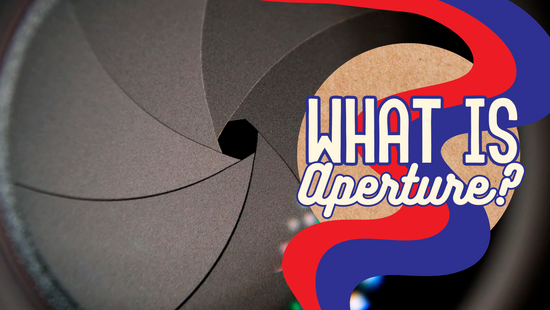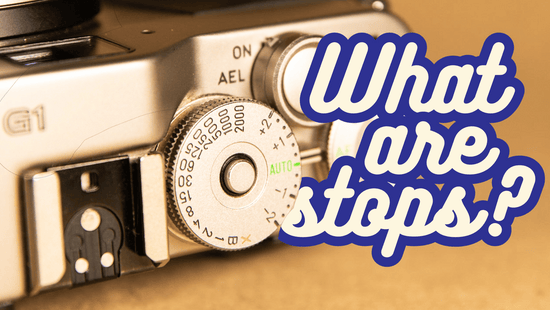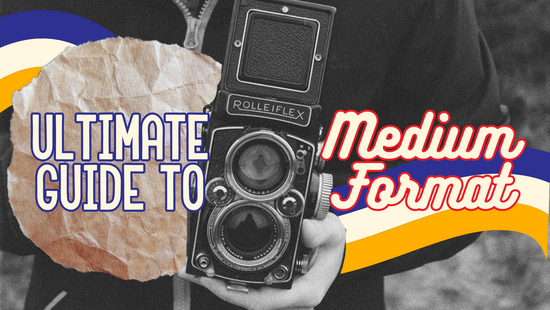Some of the best mechanical cameras ever made do not have light meters built in. This was due to the technology of the time of manufacture and for a lot of companies, this was just too expensive or difficult to add.
In addition to this, sometimes your internal light meter no longer works. Whether this is an electrical fault or the meter has just died of old age, there is no reason to stop using your camera.
That does not mean these cameras cannot achieve the same results as their newer and more electronic counterparts.
Here is our full guide on how to use cameras that do not have the luxury of a built-in light meter.

What is a light meter?
Light meters are the part of the camera that tell you which shutter speed and aperture your camera needs to be set to in order for your exposure to be correct. There are lots of different types of light meters built in to cameras.
Sometimes these meters are automatic, such as in the Olympus XA2, where the camera selects your shutter speed and aperture for you. In other cameras, these meters can decide just your shutter speed for you and leave the aperture settings up to you; this is the case with the popular OM10 35mm film camera. In addition to this, some light meters display a needle that moves in different light settings and as you change your camera settings, this needle will move.
These are just some of the most common types of light meter. There are lots of different setups and types depending on the brand of camera you have.

What problems do inaccurate light meters cause?
Inaccurate light meters result in images that are under-exposed (too dark) or over-exposed (too light). This can lead to some pretty disappointing results when you get your roll of film back. Sometimes these inaccurate meters can be repaired, so I recommend getting in touch with us to see if this would be possible.
If you get your film back and it is completely blank, read our blog post here about what that issue may be. It is likely not to be a light meter issue.
Otherwise, it may be time to start learning how to use your camera without its working light meter.
Okay, so you don’t have a light meter in your camera… what now?
There are a couple of options for you when you do not have a light meter in your camera.
The first option is one favoured by a lot of photographers: get an external light meter.
An external light meter will tell you the aperture and shutter speed required for your camera to create the correct exposure according to the speed of the film you have in your camera. External light meters work in the same way as a built-in light meter, but allow you to take readings with the meter in your hand. This can be particularly helpful for challenging scenes, where you may want to be photographing something that is in the shadows of your image.
The second option is our preferred option: using the sunny 16 rule. This option requires using your brain a little more and getting used to the rules of the sunny 16 rule. Once mastered, it is very simple to remember and use.
What is the sunny 16 rule?
The first step of the sunny 16 rule is to make note of the film speed (ISO) you have. This is important as it will determine your shutter speed for your images.
Your film speed can be found on the canister of your roll of film. For example, Kodak Gold 200 is a ISO 200 film.

The "16" part of the sunny 16 rule relates to the aperture you are using for your images. On a sunny, clear skied day, your aperture should be set to f/16.
This part of the sunny 16 rule is where your "stops" become important. If you are in conditions that are darker than a clear, sunny day, then you will need to change your aperture (or shutter speed) to compensate for the lack of light.
Below is a diagram relating to the different conditions in which you change your aperture.

Above is a diagram showing the changes in aperture for the sunny 16 rule. From snowy and sandy conditions to sunset, you change your aperture one stop each time you move away from f/16.
For example, if your shutter speed is set to 1/250 and your aperture is set to f/16, these would be the appropriate settings for a bright, sunny day. If the day was overcast, you would change your aperture to f/8 with the shutter speed remaining the same. This is the equivalent of stopping up by 2 stops.
You can read our more in-depth guide to the sunny 16 rule here.
We also have a sunny 16 guide that you can pirnt and carry with you. This is available here:
We hope this guide has helped you and that you are now able to use your camera to its full potential.
Do not hesitate to get in touch with us with any questions you may have.
If you like what we do, but can't buy a camera from us, please consider buying us a cup of coffee! It helps us to keep these resources free, consistent, and accessible.





